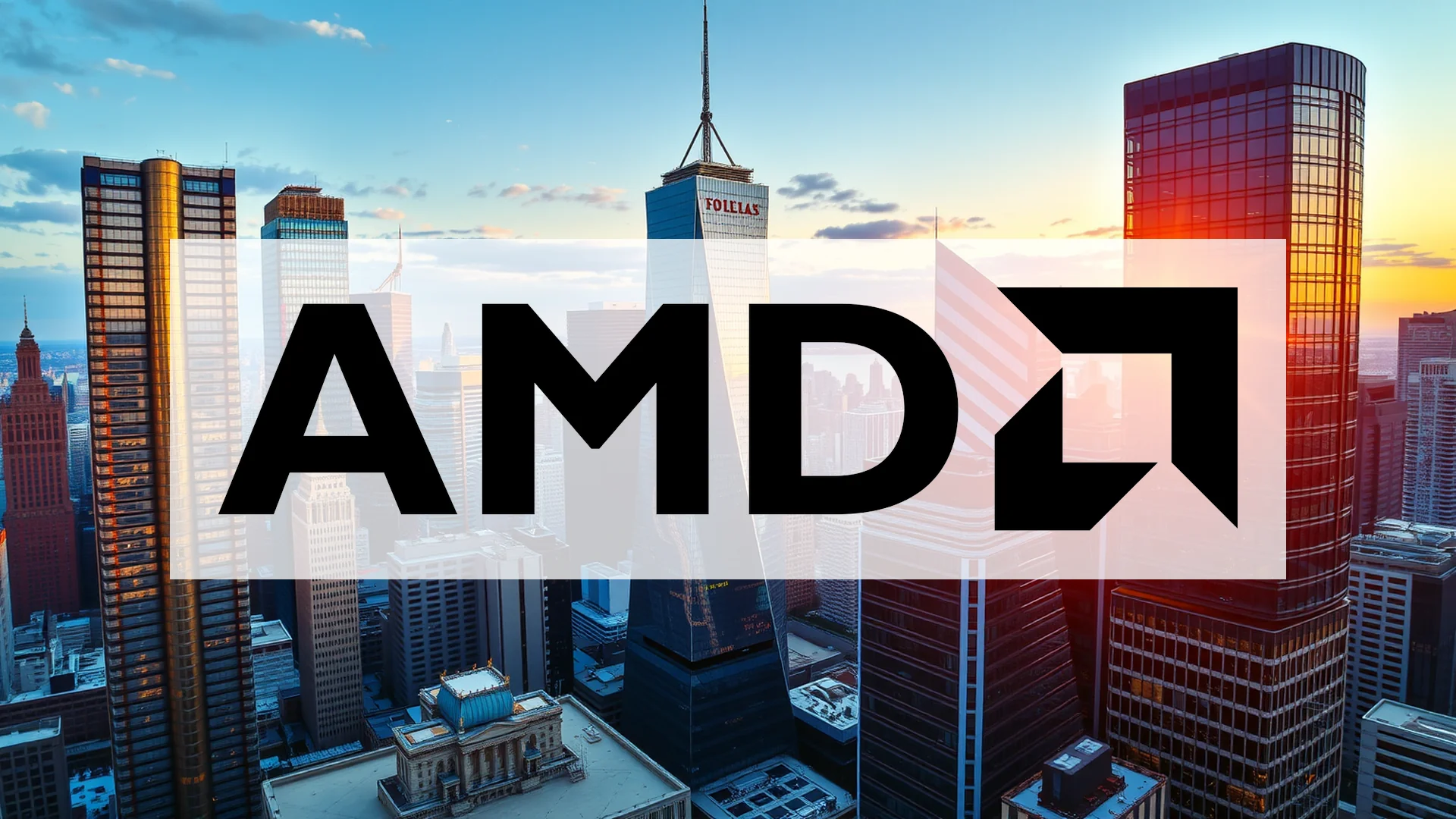Advanced Micro Devices (AMD) finds itself navigating a complex landscape of technological triumph and supply chain challenges. After enjoying a significant stock surge earlier this week, the semiconductor giant is now confronting the inflationary pressures of the artificial intelligence revolution head-on.
Supply Constraints Trigger Strategic Price Adjustments
The company has notified its supply chain partners of impending price increases across its GPU portfolio, with adjustments averaging approximately 10%. This strategic move, communicated on November 25, comes as a direct response to critical shortages in DRAM memory components. The unprecedented demand for AI infrastructure has created supply bottlenecks that are severely compressing profit margins throughout the industry.
Partners who integrate and distribute AMD graphics cards are expected to implement these new pricing structures in the coming weeks, positioning the company for its 2026 business cycle. This development raises important questions about how both gaming enthusiasts and data center operators will absorb what may represent the first significant pricing impact of the AI era on hardware costs.
Technological Achievement Amid Market Challenges
The timing of these supply chain pressures is particularly noteworthy given AMD’s recent technological demonstration. Just one day before the pricing announcement, on November 24, the company revealed that AI startup Zyphra had successfully trained its ZAYA1 model—the first large-scale Mixture-of-Experts model of its kind—exclusively on AMD infrastructure.
This training achievement utilized AMD’s Instinct™ MI300X accelerators alongside the ROCm™ software platform, marking a substantial milestone in the company’s positioning within the lucrative AI training market. The accomplishment demonstrates AMD’s growing capability to serve as a viable alternative to NVIDIA in advanced artificial intelligence applications.
Should investors sell immediately? Or is it worth buying AMD?
Investors responded enthusiastically to this technological news, driving AMD shares upward by 5.5% on Monday as market confidence grew regarding the company’s competitive positioning in the AI sector.
Balancing Margin Protection Against Growth Ambitions
These planned price increases highlight the fundamental tension facing hardware manufacturers in the current market environment. While the AI boom generates record demand, it simultaneously creates component shortages and rising production costs. AMD’s pricing strategy appears designed to protect gross margins—a topic likely to feature prominently during the company’s upcoming Financial Analyst Day on November 11.
Despite these immediate challenges, AMD maintains ambitious long-term financial targets. The company projects fourth-quarter 2025 revenue of approximately $9.6 billion, representing year-over-year growth of 25%. Management further anticipates sustained annual growth exceeding 35% in coming years, primarily driven by expanding data center and AI-related business segments.
The critical question remains how customers will respond to these price adjustments, and whether AMD can continue gaining market share against competitors like NVIDIA despite increasing component costs. Coming quarterly results will reveal whether technological achievements can successfully translate into sustained profitability amid these cost pressures.
Ad
AMD Stock: Buy or Sell?! New AMD Analysis from November 25 delivers the answer:
The latest AMD figures speak for themselves: Urgent action needed for AMD investors. Is it worth buying or should you sell? Find out what to do now in the current free analysis from November 25.
AMD: Buy or sell? Read more here...











